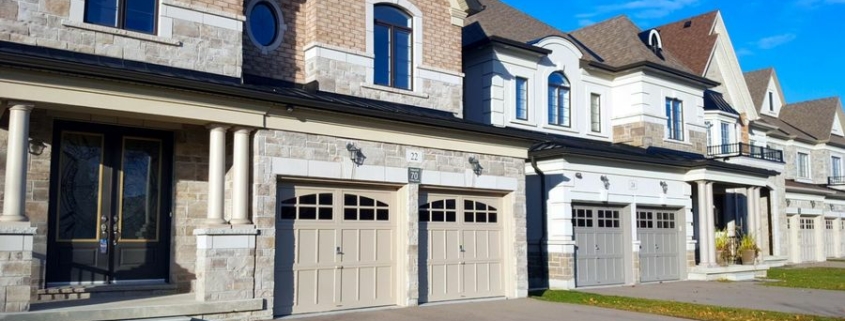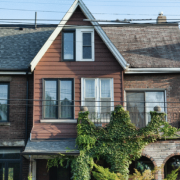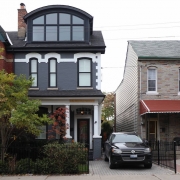Parsimonious rental data in the GTA makes tracking hotspots difficult, but stories about leasing bidding wars are commonplace and, according to the president of the Residential Construction Council of Ontario (RESCON), that’s a direct consequence of developments completing at a snail’s pace.
“I’ve been hearing about bidding wars on rentals. You’ve got bidding wars on single-family homes in York Region because people looking for houses have to pay 10-20% more than the asking price in certain situations, so they’re priced out as buyers. I’ve been hearing stories about people having to pay a full year’s rent up front to rent those same places,” said Richard Lyall. “We have a housing supply crisis; we’re not building enough according to our current demographical needs and we’re running an annual housing deficit. The biggest problem in all this is the process through which projects get approved, and go through rezoning and site plan restrictions, takes too long.”
Insufficient housing supply has been blamed for exorbitant ownership price points, but Lyall contends that it also explains why rents are so high. There’s a pronounced dearth of purpose-built rental units in the GTA and investor-owned condominiums have resultantly become surrogates, he says, however, they’re without the same security of tenure that purpose-built rentals offer, to say nothing of their inadequate supply.
In fact, to understand the depth of the neglect and how it roils GTA rental markets today, Brampton, located just west of York Region, is getting its first purpose-built rental development in 17 years. But that bidding wars to lease single-family homes are increasingly common is a newer development.
Dr. Murtaza Haider, a professor in Ryerson University’s department of real estate management, says York Region’s low-rise homes are hot commodities because, unlike purpose-built rental and condo apartments, they provide families functional space, and the existing paucity of family-sized units has sparked demand for homes that are typically end user-oriented.
“It has to be in the low-rise segment because those units are desirable for families,” he said. “Rental households are smaller in size than non-renter households, and low-rise houses are more desirable for families with children, especially school-aged children, therefore, competition, when it arises because of proximity to subways and transportation infrastructure, makes a difference. Proximity to a park makes a difference, but proximity to highly regarded schools also triggers competition between interested renters.”
Citing monthly rental data, Dr. Haider says that bidding wars don’t occur with every vacancy, but they tend to cluster in desired neighbourhoods and buildings.
“If rents don’t increase drastically, that is my evidence that, while bidding wars are happening, they don’t have the ability to move the average market rent because they’re sporadic, sparse and concentrated in certain areas by virtue of location or by virtue of the list price,” he said. “Typically, adequately listed units won’t see bidding wars, but coveted school districts could spark bidding wars if a house in a particular catchment becomes available.”
Dr. Haider surmises that, to some extent, fierce competition in the low-rise rental market has to do with York Region having more immigrant households than Toronto proper, and because some communities put such a premium on education that desirable catchment areas determine where they live.
“What I can comment is that in York Region—that is, the areas north of Steeles—there’s a higher concentration of immigrant families unlike the City of Toronto, which has a lower concentration of immigrant families, but when you have families that put a higher premium on education for their children, then location decisions are motivated by proximity to good quality schools.”
Although family-sized rental housing is a pressing issue, Lyall says creating sufficient supply of purpose-built rentals is a priority because that will keep rents in check, which would help families, especially those on the margins.
“We’re not building enough housing to meet our needs. Prior to COVID coming along, we had a serious housing supply deficit in Ontario of 25,000 units,” said Lyall, adding that price surges in the aftermath of the pandemic created an even larger pool of renters who couldn’t afford to purchase. “Demand for all forms of housing went up. In York Region, they don’t build enough purpose-built rental units, and half the people who work in York Region can’t afford to live there, for starters, and we’re grossly under supplying housing.”








 Maziar Moini, Broker of Record - Home Leader Realty Inc.
300 Richmond St. W., #300, Toronto, ON M5V-1X2
Maziar Moini, Broker of Record - Home Leader Realty Inc.
300 Richmond St. W., #300, Toronto, ON M5V-1X2



